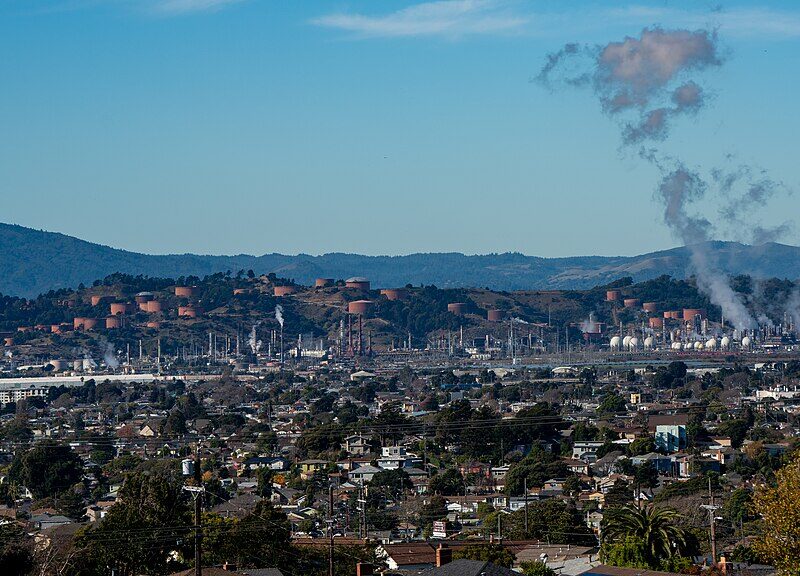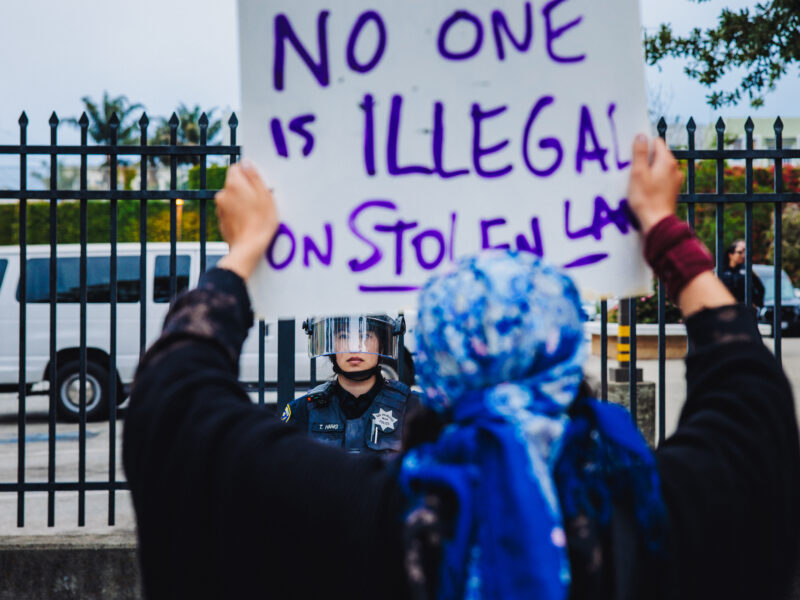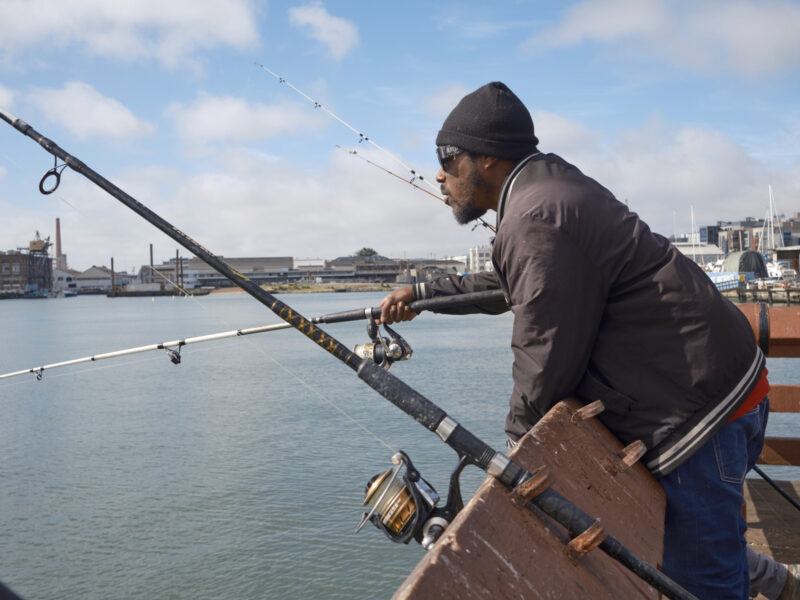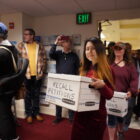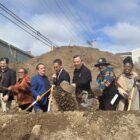A new app aims to provide school administrators and teachers in these communities with real-time data that can help them protect students from harmful air pollution. When air quality is especially poor, teachers might keep kids inside during recess or a coach might cancel or move a sports team practice, said Kristina Hill, an associate professor at the University of California, Berkeley. Hill developed the tool in collaboration with Charisma Acey, also an associate professor at UC Berkeley, and a focus group of advocates from five Bay Area communities with high levels of air pollution.
The app offers an interactive map where Bay Area residents can see hourly readings of the air quality in their area. It draws on the existing PurpleAir monitor network but adds key improvements like correcting for errors caused by fog and combining data from multiple monitors to paint a clearer picture of air quality in a neighborhood.
